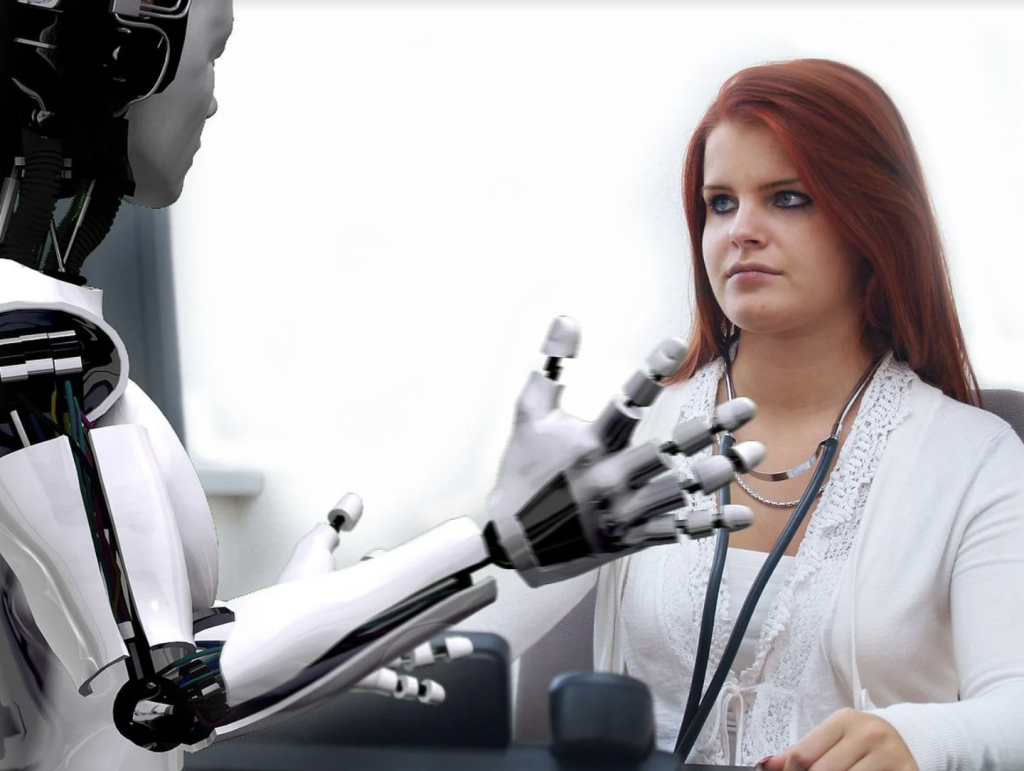How Humans Can Use Mind Power To Control Robots
A team of researchers at the University of Sydney’s Engineering and IT facility are in the process of developing robots that can be powered by human thought.
This article is more than 2 years old

New technology continues to advance into areas that were once thought to be only contained in science fiction stories and could not possibly be achieved by the human race. The University of Technology in Sydney, Australia, has released a study that they conducted on only using mind power, generated by thoughts, to give commands to robotic machines and have the robots follow those commands. The results of the development of this technology were extremely promising and the experiments showed a 94 percent accuracy in being able to think about a specific command and having the robot correctly follow that instruction.
This mind-blowing technology could have far-reaching implications in several different areas, such as healthcare, aerospace, and advanced manufacturing. The people responsible for creating this new technology were led by Professor Chin-Teng Lin and Professor Francesca Lacopi whom both teach at the University of Sydney’s Engineering and IT facility and were working in collaboration with the Australian Army and Defense Innovation Hub. According to studyfinds.org, “The astounding technology was recently demonstrated by the Australian Army. Soldiers operated a Ghost Robotics quadruped robot using the new brain-machine interface.”
The demonstration that was given had human subjects use the devices to operate a robotic dog, and they were able to do so with astounding accuracy. The way the technology works is that you would position hexagon-shaped sensors on the back of your scalp which will capture electronic brainwaves being generated by your visual cortex. The user would wear a head-mounted augmented reality lens that displays flickering white squares that correspond to a specific command.
When the operator concentrates on the specific command square the mind power that is generated in brainwaves is picked up by the sensors which are sent to a decoder that interprets which command was given and translates that to the robot. Then the robot follows the command that was relayed to them via the decoding mechanism. Professor Lin explains further, “Our technology can issue at least nine commands in two seconds. This means we have nine different kinds of commands, and the operator can select one from those nine within that time period.”
Not only is it astonishing that this technology utilizes mind power to operate but the sensors have been extremely durable which allows the technology to operate in environments that are not ideal. They achieved the durability of the sensors by using cutting-edge graphene material that when combined with silicon provides protection from corrosion and skin contact resistance. This is what allows it to continue to operate under harsh conditions that could pose an issue in other circumstances for the user.
This new technology is of great interest to the military as well as to people with physical disabilities. One of the potential uses of this technology would be to operate an electronic wheelchair, for example. As amazing as the technology is Professor Lin also says, “We have also explored how to minimize noise from the body and environment to get a clearer signal from an operator’s brain.”
Even though there are still areas that need work on before this is adopted across industries, it is extremely promising and would render other new technology such as hand gesture or voice command technologies redundant. We look forward to seeing where this mind power commanding robots leads us and to see the positive impacts it could have in many different fields.




